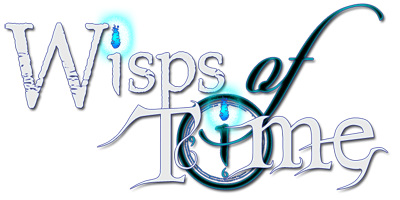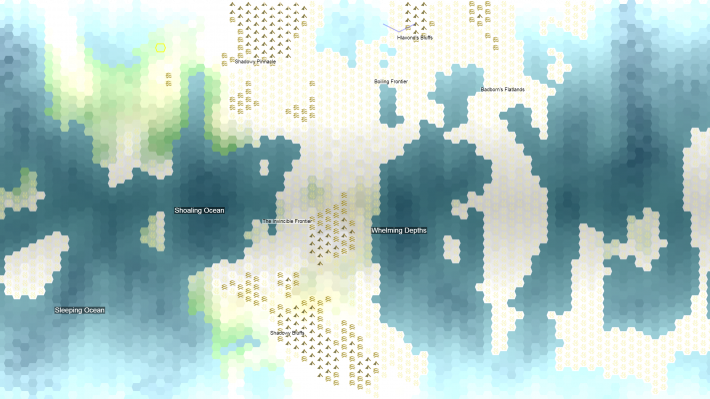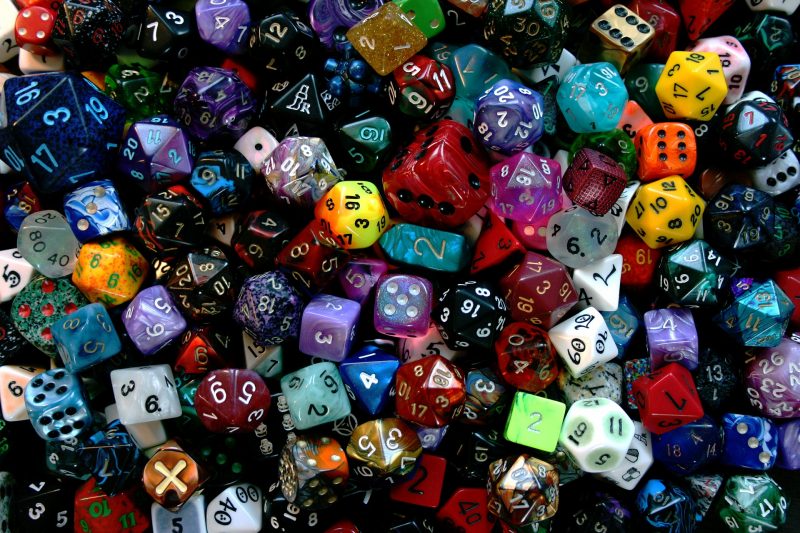Solo-A-Module Month If you weren’t aware, some of us inadvertently spawned an official Solo-A-Module Month over at the Lone Wolf Roleplaying G+ group, giving March a thematic focus on soloing published modules, sharing tactics for doing so, and publishing actual play reports. As you may know, my first solitaire role-playing experience was an attempt to solo a module, and, while it was entertaining, it wasn’t nearly as meaningful or immersive as the free-form, emergent play I’ve experienced since. I’d always hoped to return to module play with a better strategy for bringing it up to snuff with those emergent play…







